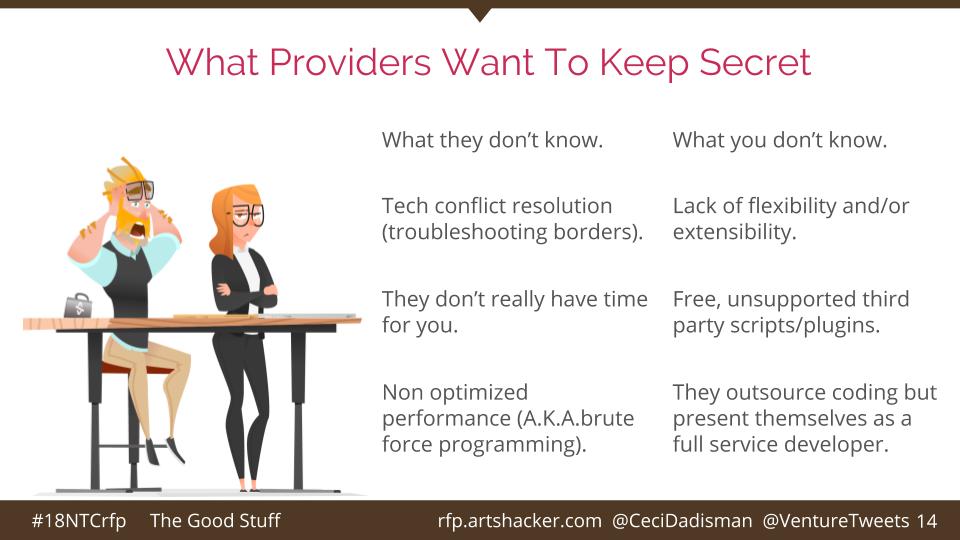Hat tip to Nina Simon for calling attention to a post about how the Barnes Foundation is working toward changing their user experience. Even though the Barnes Foundation art collection was moved from a residential area to Philadelphia, efforts were made to replicate the close quarters environment of the original house. This complicates matters because it is easier for more people to access a place whose interior space hasn’t increased.
(There have been decades long conflicts related to Albert Barnes’ detailed instructions about the way the collection is displayed which informed the design of the new space.)
Shelley Bernstein, Deputy Director of Audience Engagement and Chief Experience Officer for the Barnes Foundation wrote about the poor impression people received before they even entered the door.
We had a no photo, no sketching, no bags, no coats, and “stay behind the line” policies. All of these things were well intentioned and all were in place in the name of collection safety — a very important thing — but, still, it was a lot of “no” to those we were trying to welcome. And we were trying to tell visitors about all these “nos” before they would enter the collection.
[…]
You can see this surface in online reviews, “… had to be told the exact etiquette before entering which makes it feel like they treat their visitors as if none of them has ever set foot in any other major museums/collections before(???)”
Bernstein set about trying to change how all these rules were communicated as well as exploring which policies could be changed. While she originally intended to scrap the no-photography policy, she realized with half the rooms only having 100 square feet that people could occupy, allowing free rein on photograph wasn’t going to work. So they piloted different policies over the course of a year to see which worked best in their environment.
Perhaps most importantly, they created staff training materials for interacting with visitors based on a process known as Authority of the Resource (ART), that the National Park Service uses in their training. This approach makes citing the rules the last step rather than the first. Even better, Bernstein has shared those materials, which includes signage and the National Park Service discussion of the approach, for others to reference.
Authority of the Resource (ART) shifts the focus away from the concept of enforcement power and toward the requirements to preserve the resource. There are obviously going to be people who don’t give a damn and want to do what they desire, but it does shift the initial interaction away from “because I said so and I am the authority figure.”
From the Park Service’s article.
“…the visitor ends up thinking about laws, regulations, badges and the ranger’s presence rather than focusing on the natural authority inherent in the requirements of a healthy ecosystem.
[…]
“…the AR technique goes one step further and asks the ranger/manager to subtly de-emphasize the regulation and transfer part of the expectation back to the visitor by interpreting nature’s requirement.”
Here the the Barnes Foundation training pamphlet. Clicking on either image will take you Bernstein’s Dropbox copy of the document.





There is another way. The Gewandhaus Leipzig in Germany (concert venue) offers flex- tickets for a small premium. Not an…